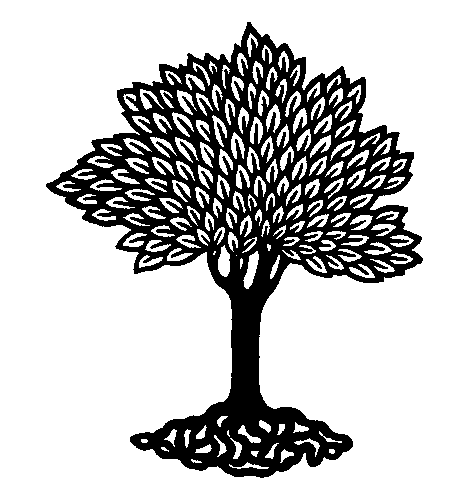
 |
Plant Taxonomy (BIOL308) - Stephen G. Saupe, Ph.D.; Biology Department, College of St. Benedict/St. John's University, Collegeville, MN 56321; ssaupe@csbsju.edu; http://www.employees.csbsju.edu/ssaupe/ |
I. Definition Question: Using complete sentences, briefly describe or define each of the following.
II. Fill-In-The-Blanks: Write the appropriate response on the space next to the question.
__________ A flower is to an inflorescence as a(n) ______ is to calyx.
__________ Where does fertilization take place in ferns?
__________ What is the product of fertilization in ferns?
III. Short Answers:
Using complete sentences, answer the
following.
IV. Matching Question: Match each of the following with the appropriate subfamily of the Fabaceae
a. Caesalpinoideae
b. Mimosoideae
c. Papilionoideae
d. Caesalpinoideae & Papilionoideae
e. all of the above (Caesalpinoideae, Papilionoideae, Mimosoideae)
_____ fruit a legume
_____ flowers zygomorphic
_____ diadelphous stamens
_____ nitrogen fixing nodules
_____ long, colorful filaments
IV. Dichotomous Key Question: Complete the following dichotomous key with the appropriate family/subfamily (Papaveraceae - sensu stricto; Fumarioideae; Mimosoideae; Caesalpinoideae; Papilionoideae).
1. Flowers zygomorphic
2. Sepals 2, small and bract-like.....a.________________
2'. Sepals 53. All petals distinct; stamens distinct . . . .b. ___________
3'. 3 petals distinct, 2 lower petals connate; stamens connate.. c. _______________
1'. Flowers actinomorphic
4. Bicarpellate . . . .d. _______________
4'. Monocarpellate......e. _______________
V. Scratch It Question:
1. Scratch out all of the characteristics of the Magnoliopsida in the list below. Circle the characteristics of the Liliopsida.
|
|
2. Scratch out the feature that is NOT a characteristic of the Apiaceae
- aromatic
- gynoecium apocarpous
- inflorescence a compound umbel
- petiole sheathing stem
- stem hollow
VI. True/False: Answer each of the following true (T) or false (F)
_____ A disk flower is bisexual
_____ The Asteraceae is a large family
_____ The Asteraceae has didynamous stamens
VII. Correct-the-Question: Now, go back to the True/False questions and
correct any that are incorrect.
VIII. Circle-the-Term Question: Assume that you have a flower with 5 sepals,
5 petals, 10 stamens and no carpels. Circle all of the terms that follow that could be
used to describe this flower. Note, do not assume anything about the flower, answer based
only on the information provided:
|
|
IX. Multiple Choice Questions: Circle the correct response.
1. If a flower has an inferior ovary, then the insertion of the other floral organs is termed:
a. epigynous
b. hypogynous
c. perigynous
d. superior
2. The seeds of the Foxglove plant germinate in late spring and then grow into a rosette (whorl of basal leaves, like a dandelion) of leaves. The rosette overwinters. During the second summer, the plant flowers, sets seed and dies. Foxglove is an examples of a(n):
a. annual
b. biennial
c. perennial
3. At the base of a corn plant, roots develop to help support the plant. These "prop roots" are examples of:
a. adventitious roots
b. fibrous roots
c. tap roots
4. Which of the following is NOT a characteristic of the gymnosperms?
a. monoecious
b. cone-bearing
c. trees and shrubs
d. vessels in the wood
e. ovules exposed to the environment
X. Pictorial Identification Question: If given a diagram, photo or specimen, can you: (a) Identify the structure; (b) Identify the family in which it is found?
XI. FINISH-THE-SENTENCE QUESTION: Complete each sentence.
1. You can tell that a structure is a leaf because a leaf....
2. The Ginkgoaceae is said to be monotypic because....
|
| Top | Plant Tax. Home | SGS Home | Disclaimer | |
Last updated:
08/20/2007 / � Copyright by SG
Saupe